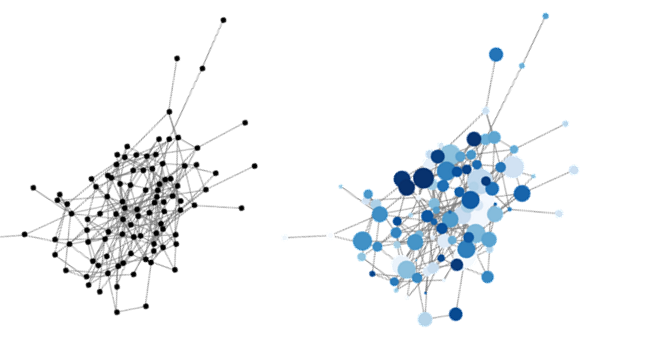A brain’s cell makeup may transform the way we understand and treat neuropsychiatric conditions, potentially opening a new treatment path for diseases like epilepsy, autism, schizophrenia, and depression.
The study from the University of Ottawa’s Faculty of Science demonstrates how a brain’s ecosystem and its diversity of cells can allow it to maintain normal function while better responding to changes, perturbations, or injury. The response to such “insults” – as the study coins them – is amplified by cells that are too connected or too alike, which makes them less resilient and unable to maintain the activity needed to preserve brain function.

“The brain is like an ecosystem with a complex network of interconnected cells. When these cells differ from one another, the network is more resilient and robust to change. Diversity protects these...”
Lead author Jérémie Lefebvre
— Associate Professor, Department of Biology, and member of the Brain and Mind Research Institute
Inspired by Charles Darwin’s Origin of Species and the idea that biodiversity of natural ecosystems is the key to survival, lead author Jérémie Lefebvre and his team used mathematical models of brain circuitry to analyze how neurons respond to “insults” and how cell-to-cell diversity helps prevent failures.
“Our results demonstrate how diversity is a foundational, essential ingredient in the constitution of brain circuits,” says Lefebvre, a member of uOttawa’s Brain and Mind Research Institute. “Just like the biodiversity of ecosystems, the diversity of neurons is as important and represents a new way of interpreting certain illnesses, like epilepsy.”

Epilepsy is characterized by recurrent seizures during which brain circuits go haywire and cells become too synchronous with one another. Lefebvre and the team of researchers, which includes members from the University Health Network’s Krembil Brain Institute, used electrical recordings to explore the brain cells of patients with epilepsy, finding that cells from the region of the brain that create seizures look more alike and less diverse. Low diversity prevents neurons and cells from adapting adequately as brain circuits are unable to maintain healthy activity, leading to seizures.
“Using our interdisciplinary methods, we were able to show that brain cells must be different from each other to ensure the brain maintains its function in the face of time and changes,” says Lefebvre, an Associate Professor in the Department of Biology. “This is an important reminder of the critical role diversity plays in natural systems and how it responds to inevitable change. This not only applies to ecosystems, neurons, and neural circuits, but to humans and communities.”
The research may also provide guidance for treatment of autism, schizophrenia, and depression, which are also states of the brain marked by over connectivity and synchronicity.
‘Intrinsic neural diversity quenches the dynamic volatility of neural networks’ was published in PNAS on July 3, 2023. DOI: 10.1073/pnas.2218841120
For media requests: [email protected]
